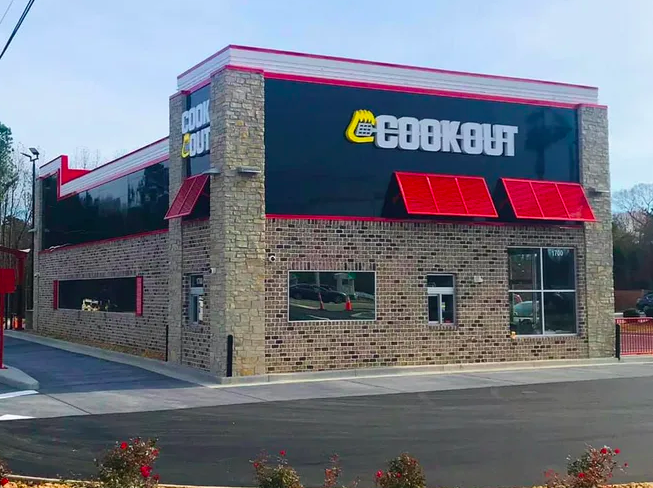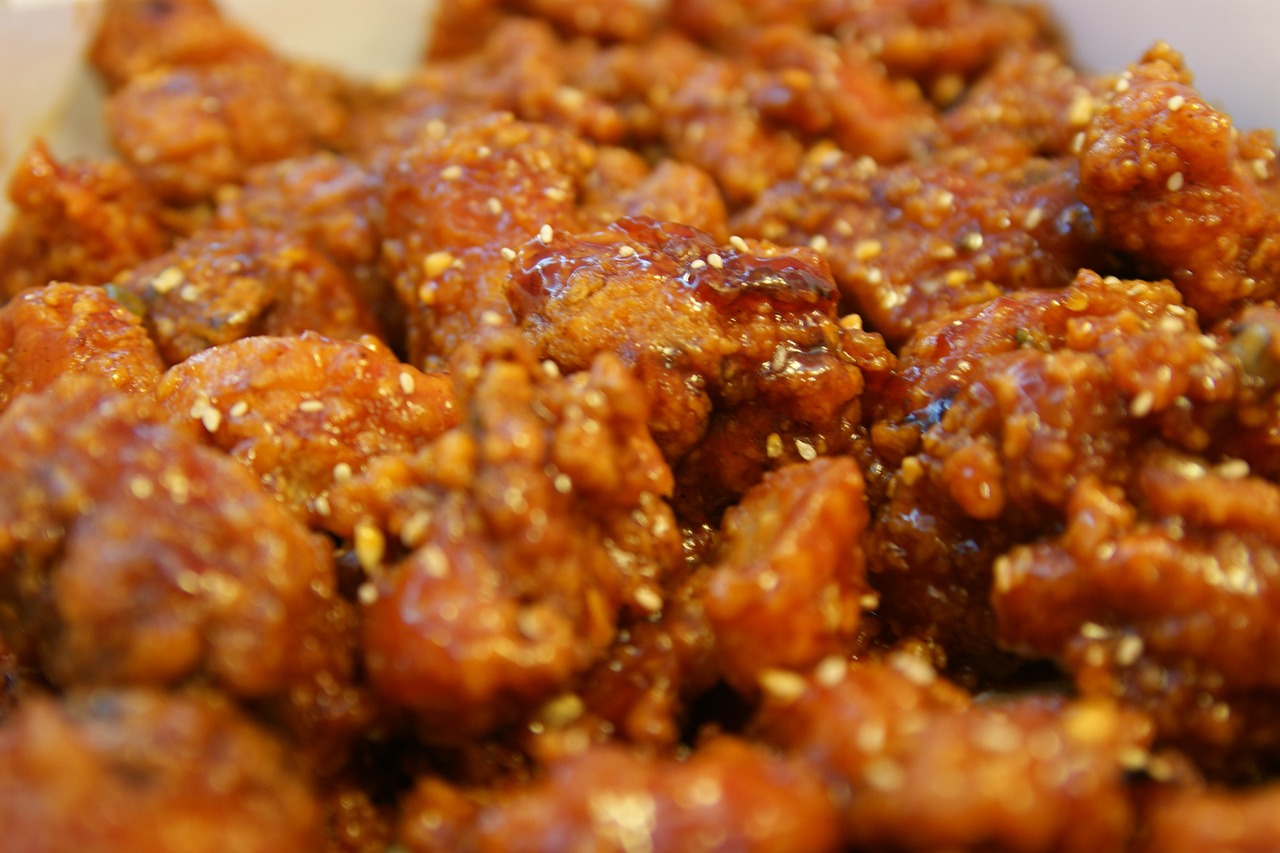Even the most organized and meticulous planner has a palm to head moment at times. And that includes food truckers. As we all know, owning and operating your food truck is a dream that likely involved years of planning and buckets of blood, sweat, and tears. Here is your chance to learn from experienced food truckers to prevent too many head scratching situations. Today they’ll answer these common food trck questions.
5 Common Food Truck Questions Answered by the Experts
How do I know how much food to prepare for opening day?
This is a common question when food truckers are first getting starting. Akash Kapoor, of Curry Up Now, shares, “If we were to do over, we’d limit the first two week sales to 50 orders per meal period. While many food truck owners have prior food experience, most don’t have food truck experience. Working in a food truck is absolutely different to anything else anyone has ever experienced. It takes a few weeks to develop muscle memory and there’s nothing like angry guests waiting for orders and the kitchen just running behind. So, yes, limit your orders to 50 and Prep, Prep, Prep and over staff by 1-2 people. Just in case. It’s not like a restaurant where there’s always staff available to help around.”
Scaling a business in any industry is a challenge and it is better to deliver high quality food and a top notch experience to customers and sell out of food than to sacrifice quality. Being mindful of wait times and prepping as much as possible is a common thread of advice offered by food trucks veterans.
I finally have a menu put together. What is the best way to display my menu to customers?
Developing a start-up food truck menu is overwhelming and once you finalize a well-balanced menu, it is a relief. But, now it is time to display the menu to your customers. Nikki Marks, of Share Kitchen Bmore offers up this advice, “Don’t spend a bunch of money on a menu board where you can’t change the menu items- do something like chalk board or dry erase first- to see what works. You WILL change up your menu before settling on customer favorites and items that work for you.”
Even though you may be in love with your start up menu, your eventual menu will depend on what items your customers love the most. Listen to customer requests and adjust your menu accordingly.
When I book an event where there will be several food trucks, how can I stand out in the crowd and make sure that I have customers?
Promoters who book food trucks for events or festivals do not always have the best interest of the food trucks in mind. If you find yourself in a situation where you will be competing with several food trucks, don’t lose sleep. Here are some marketing tips from some experienced food truckers:
Ian So, of Chicken & Rice Guys, runs a giveaway of chicken and rice for life to one lucky customer. The customer is chosen at random, so everyone has an equal chance of winning. The first time they ran this promotion, they had a line down the block and served over 200 customers. They advertise the promotion on Facebook for free and the response is always huge.
Don’t get desperate and cheapen your brand. Discounts and coupons can be an effective way to get customers to the window at big events, but giving away too much can devalue your brand. You work hard to craft your food, so be creative with marketing rather than giving away your profit.
Market a week prior to a large event. Do not wait until the last minute to inform event goers that you will be there. Post your menu, specials, or giveaways on social media targeting event goers to guarantee a great turn out, regardless of how many trucks are there.
What is the best way to calculate price?
Food truck experts offer many suggestions and tips for pricing menu options, but the simplified answer comes down to these guidelines:
- Never be afraid to ask for a profit. Feeding hungry folks from your food truck is your business, not a charity.
- As a general rule, a profitable food truck will target food costs at around 30% or less. Calculate the cost of an item by understanding the complete cost of the food and then multiply it by 3. If the food item is unique, don’t be afraid to charge a bit more.
- Be mindful of the competition. When calculating prices, check them against your competition to make sure that your menu pricing is in the ballpark. When there is no room to raise prices, work on reducing costs by negotiating with food suppliers.
I ran out of food at an event and received a negative social media review as a result. How should I handle this?
Restaurants run out of food. Food trucks sell out. The difference is that a food truck has limited space, limited storage, and limited staff. When a food truck sells out, it is usually a sign that the owners are doing a great job. Selling out is not a bad thing.
Respond to the negative feedback politely. Offer apologies for selling out and encourage the customer to either pre-order or show up early to the next event. Sending a private message offering some swag or a coupon in exchange for revising the feedback can turn a foe to a fan. NEVER engage in an argument with a customer online. Negative feedback can be turned around when handled diplomatically.
The Bottom Line
The food truck business has its challenges, but it is a tight knit and helpful community. Stay tuned for more common food truck questions answered by the experts. If you would like a question answered by the experts, ask your question in the comment section or on social media and we will include it in a future article. Facebook | Twitter




